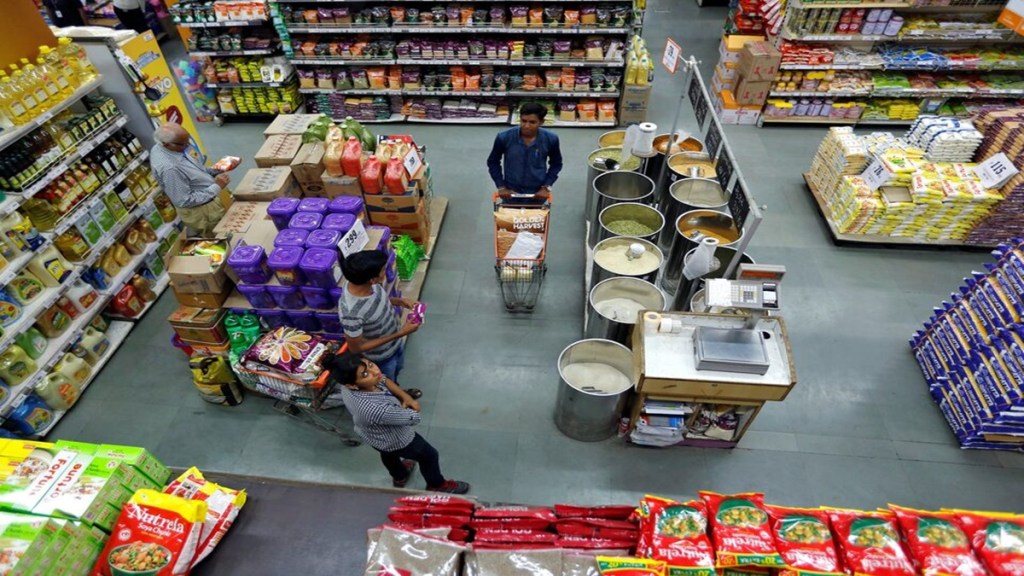Retail inflation numbers of the past few months have shown a sustained trend of deceleration, and the year-on-year rise in the consumer price index (CPI) plunged to a 69-month low of 3.16% in April. For the third month in succession, the headline print came in below 4%, the Reserve Bank of India’s (RBI) target under the flexible inflation-targeting framework. CPI inflation for 2025-26 is now projected at 4%, with quarterly estimates of 3.6% in Q1, 3.9% in Q2, and 3.8% in Q3. Only in Q4 (4.4%), the print is seen to exceed the target again. Analysts cite these assumptions, and the growth imperative, to predict a third straight rate cut in the next bi-monthly monetary policy review in June. There is a view that the cumulative reduction in the policy rate in the whole of the current fiscal year, including the 25-basis point cut undertaken in April, could be 75 bps. That would take the extent of the current monetary easing cycle which began in February to a full one percentage point. That would be a substantive accommodation.
But headlines at times conceal more than they reveal. After a short-lived decline, largely due to a favourable base, inflation surged above the RBI’s tolerance band in October, 2024, when it printed at 6.2%. That exhibited the obduracy of price pressures in the economy. In fact, the effect of repeated inflation shocks on growth was conspicuous by mid-FY25. A differentiated picture of the CPI as of now is that of “core” and “super-core” sub-indices rising at faster rates again. A supply-driven fall in prices of various food items, from over two years of steeply elevated levels, has still reined in the overall inflation rate, due to their sheer statistical weight and annualised effect. “Core inflation” printed at 4.21% in April, the highest since October 2023. The super-core sub-index, computed by analysts by precluding food and beverages, auto fuels, and housing, spiked to a 20-month high of 4.7% in April.
The annual inflation figures of recent years are more illustrative. Food inflation in 2023-24 and 2024-25 were high at 7.49% and 7.29% respectively, while the respective core (4.38% and 3.55%) and super-core (4.75% and 3.97%) rates were relatively benign. The trend has now reversed, bearing testimony to the notion that high and persistent food inflation would over time spill over to the non-food segment. The new CPI series will have 2024 as the base year, with the index to be re-formulated using inputs from the latest household consumption expenditure survey.
However, given the way the index has behaved, the suggestion made in the Economic Survey of 2023-24 for exclusion of food from the inflation gauge would appear to be hasty. What matters to the consumer, consumption demand, and economic growth is whether over longer periods prices tended to rise faster than incomes. Going by the data of recent years, they indeed have, and dented purchasing power. According to the Monetary Policy Committee’s latest statement, while the inflation outlook appears stable, global uncertainties pose upside risks. Trade tensions have led to decline in crude oil prices, and a weakening of the US dollar. But global monetary accommodation is tending to be more gradual than presumed earlier. Real factors can have sporadic and even pronounced influence on the price trajectory, but inflation is fundamentally a monetary phenomenon. The upcoming review of inflation target in 2026 must be mindful of this.

